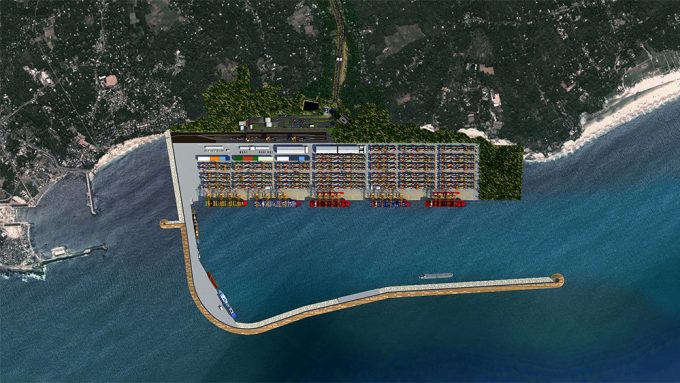LA/LB and Tanjung Pelepas celebrate as 2024 port 'winners and losers' revealed
**EDITED AT 14:00 BST 02/04/25 TO INCLUDE QUOTE FROM ANTWERP-BRUGES** Last year’s port throughput “winners and ...

India’s ministry of shipping announcement that it is to partially relax its cabotage regulations have so far precluded foreign shipping lines for carrying cargo between Indian ports – yet the actual shape of the new regulations would suggest that it really doesn’t want any foreign-flagged ...
Keep our news independent, by supporting The Loadstar
Rapid transpacific capacity build-up continues – can USWC ports handle it?
Red Sea crisis has driven most new capacity into extended Asia-Europe trades
Crew forced to abandon ship in latest fire on vessel carrying EVs
Carriers on the hunt for open tonnage again as transpacific rates soar
The Loadstar Podcast | Transport Logistic and Air Cargo Europe 2025
'Now or never' for Kuehne and DHL GF to hit back at DSV
Uncertainty drives Yang Ming fleet boost as focus switches to Asia-Europe trades
Carrier price hikes hold, driving spot rates higher as space gets scarcer
Asia-West Africa ULCV deployment opens new markets for carriers
Project cargo: oversized and heavy, posing risks outside the norm for ports
CMA CGM eyeing multi-billion euro investment programme in Algeria
News in Brief Podcast | Week 22 | Trump’s tariff hurdle, ocean schedule reliability, and rate rise
Air cargo players still wary of long-term block space deals – 'a risk on both sides'
Geely splashes out to meet growing demand by chartering its own car-carrier
Longer-term planning needed as noise out of Washington distorts the market

Comment on this article
Manoj
March 21, 2016 at 4:31 pmI may well be proved wrong – and if so , I would expect that to be in the north of the country at Mundra, where private operator Adani Ports and shipping line MSC are jointly developing a new 3.1m teu-capacity terminal that has been explicitly earmarked for transhipment operations. Whether it does so or not will depend on how the rules are interpreted – civil servants in the shipping ministry might claim that it would have to handle more than 1m teu in transhipment traffic within its first year of operations if it is to satisfy the 50% requirement.
Hello Gavin,
This interpretation of yours, I’m sorry to say, is off the mark. Because, the condition to attain half of the total container traffic as transhipment traffic to get the status of transhipment port and cabotage relaxation is port specific and not terminal specific.
So, even if the MSC-Adani new transhipment terminal manages to hit this half way mark, Mundra Port may not be able to apply for cabotage relaxation because there are 3-4 other terminals operating at Mundra and the transhipment volumes handled at the MSC-Adani terminal would be well below the combined volumes of all the facilities operating at Mundra. This again is specific to Mundra and J N Port that has multiple terminals unlike many other Indian ports that has only one or two terminals.
This is to put the rule in perspective
Best
Manoj